The Secret Life of Colour Part 2 - Dangerous & Dazzling
The stunning colours that shaped art history… and poisoned the artists who used them
The Secret Life of Colour – Part 2: Dangerous & Dazzling Colours
Last week we explored the sacred blues and earthy ochres that shaped early art. This week, we’re turning to the other side of the palette — the colours that dazzled the world but came with a deadly twist.
Welcome to The Secret Life of Colour – Part 2: Dangerous & Dazzling Colours.
Some of the most brilliant pigments in art history were also the most poisonous. From the luminous whites that gave portraits their glow to the vibrant yellows and greens that filled canvases, wallpapers, and even children’s toys — these colours carried beauty, brilliance, and danger in equal measure.
⚪ Lead White – The Glow That Killed
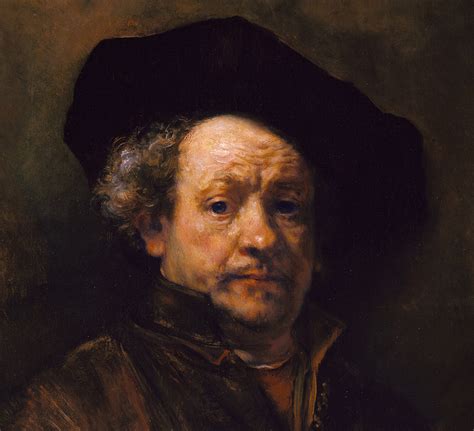
For centuries, Lead White was one of the most important pigments in every artist’s studio. It created glowing flesh tones, soft highlights, and rich, creamy textures.
It was made by coiling strips of lead in pots of vinegar and burying them in horse manure. The fumes caused a reaction that produced a white crust — basic lead carbonate — which artists ground into pigment.
It gave paintings warmth, opacity, and body. But it also slowly poisoned the people who made it and used it.
Many painters, from Rembrandt to Goya, suffered from tremors and illnesses now recognised as lead poisoning. Yet artists kept using it for hundreds of years because nothing else could match its luminosity.
Today, we use Titanium White and Zinc White — both non-toxic, stable, and just as beautiful — without the deadly side effects.
💛 Chrome Yellow – The Colour of Sunlight
If there’s one colour that captures pure sunlight, it’s Chrome Yellow.
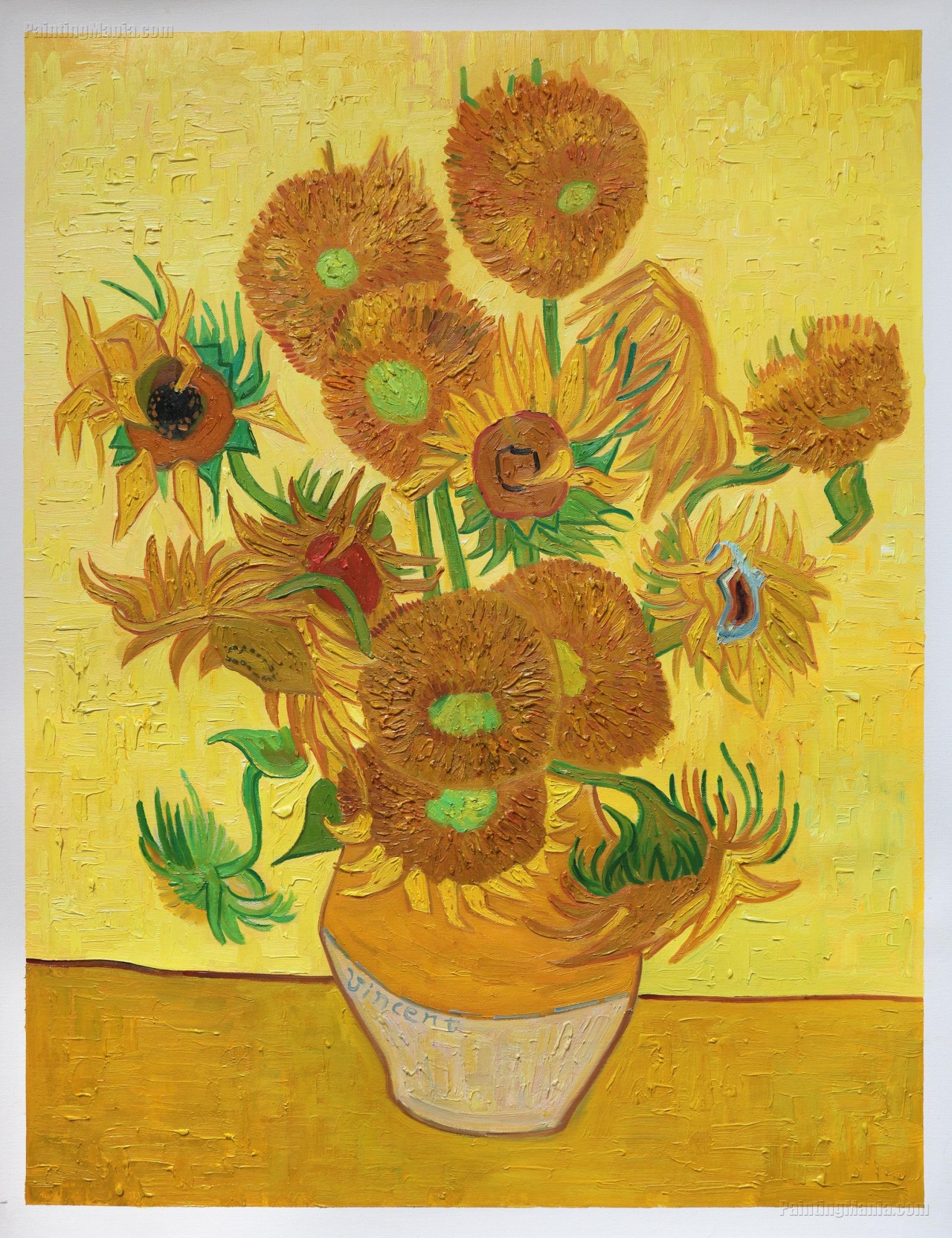
Discovered in the early 1800s, it was made from lead chromate — a pigment so bright that it became irresistible to artists.
Vincent van Gogh was famously obsessed with it. His Sunflowers, Café Terrace at Night, and Bedroom in Arles are drenched in chrome yellow, glowing with warmth and hope.
But like so many pigments of that era, it was unstable and toxic. Exposure to air and light could turn it from vibrant gold to dull brown. Conservation scientists have found that some of Van Gogh’s yellows have already faded, leaving behind darker, muted tones.
Today, artists reach for Cadmium Yellow or Azo Yellow — both safer, more lightfast options that carry the same joyful energy without the risk.
💚 Malachite & The Arsenic Greens – Deadly Beauty
Malachite Green was one of humanity’s first greens — ground from copper carbonate minerals and used in ancient Egypt for wall paintings, cosmetics, and jewellery. It symbolised rebirth and renewal.
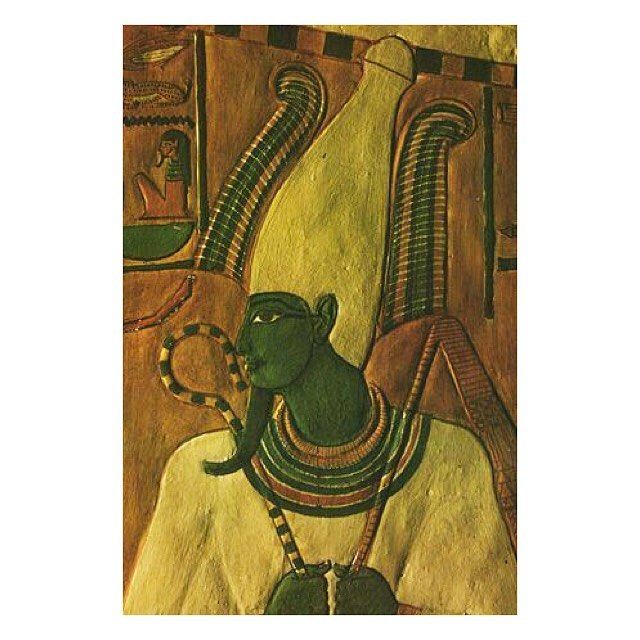
But as artists sought brighter greens in the 19th century, things took a darker turn. Chemists created synthetic arsenic pigments like Emerald Green and Paris Green — so vivid, they outshone every natural pigment before them.
The problem? They were made from copper acetoarsenite — a compound so toxic it was later used as rat poison.
Victorians fell in love with these greens. They used them in
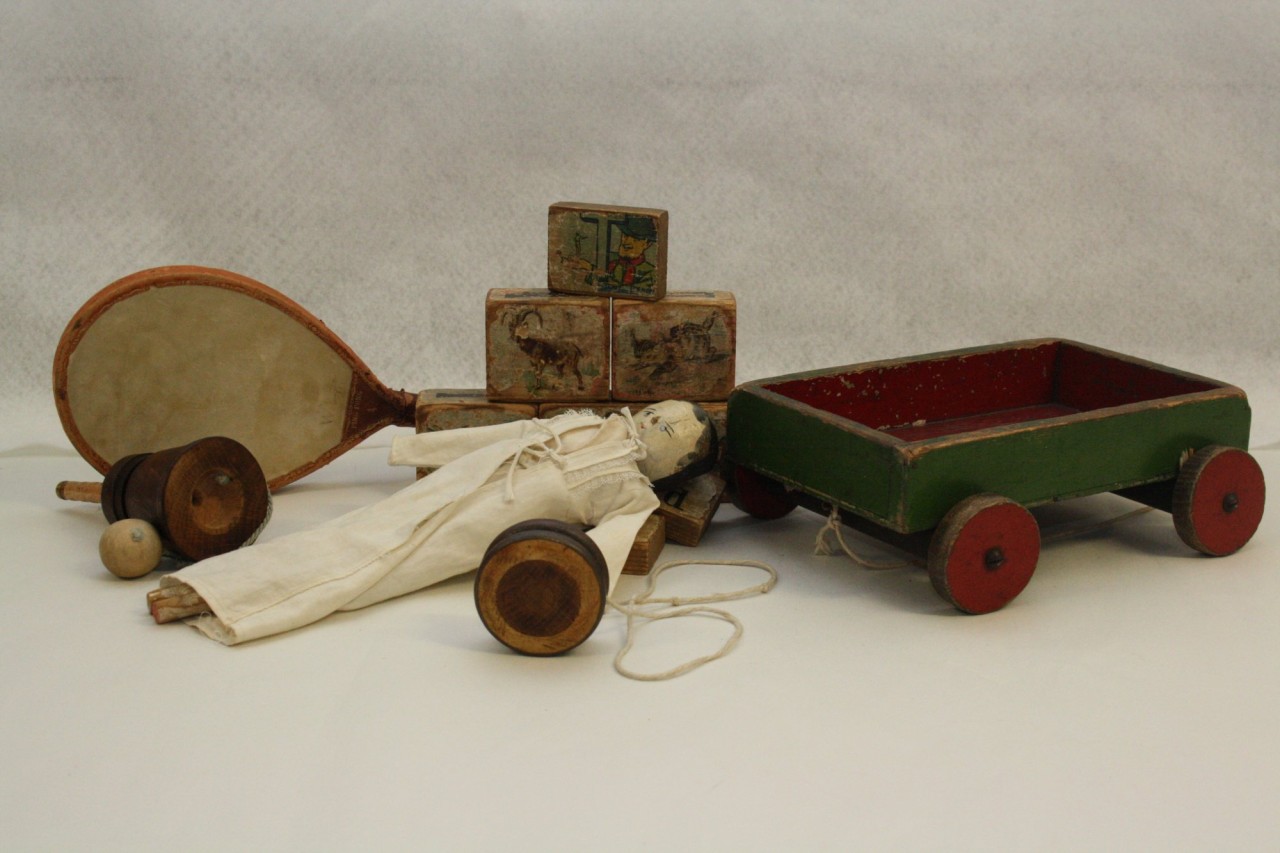
wallpapers, fabrics, artificial flowers, and even children’s toys. When damp, these pigments released poisonous arsenic gas. Entire families fell ill — some fatally — without ever realising their homes were poisoning them.
Even the poet Thomas Carlyle complained of mysterious ailments later traced to arsenic wallpaper. And legend has it, Napoleon’s green wallpaper on St. Helena may have contributed to his death.
✨ The Bright Side
Thankfully, modern chemistry has freed us from those risks. Today, we can enjoy colours like Phthalo Green, Viridian, and Chromium Oxide — vivid, permanent, and completely safe.
But the stories of these dangerous pigments remind us of how much artists were willing to sacrifice for colour. They risked their health for beauty, light, and emotion — and every time we pick up a pastel or brush, we inherit that history.
So the next time you reach for a tube of bright yellow or a deep emerald stick, take a moment to imagine the hands that came before yours — mixing pigments in dim workshops, chasing that same luminous glow.
Kerri xx
Doors to the Creative Barn Essential Tier are open now.
👉 https://www.thecreativebarnmembership.com
Categories: : artist, educational
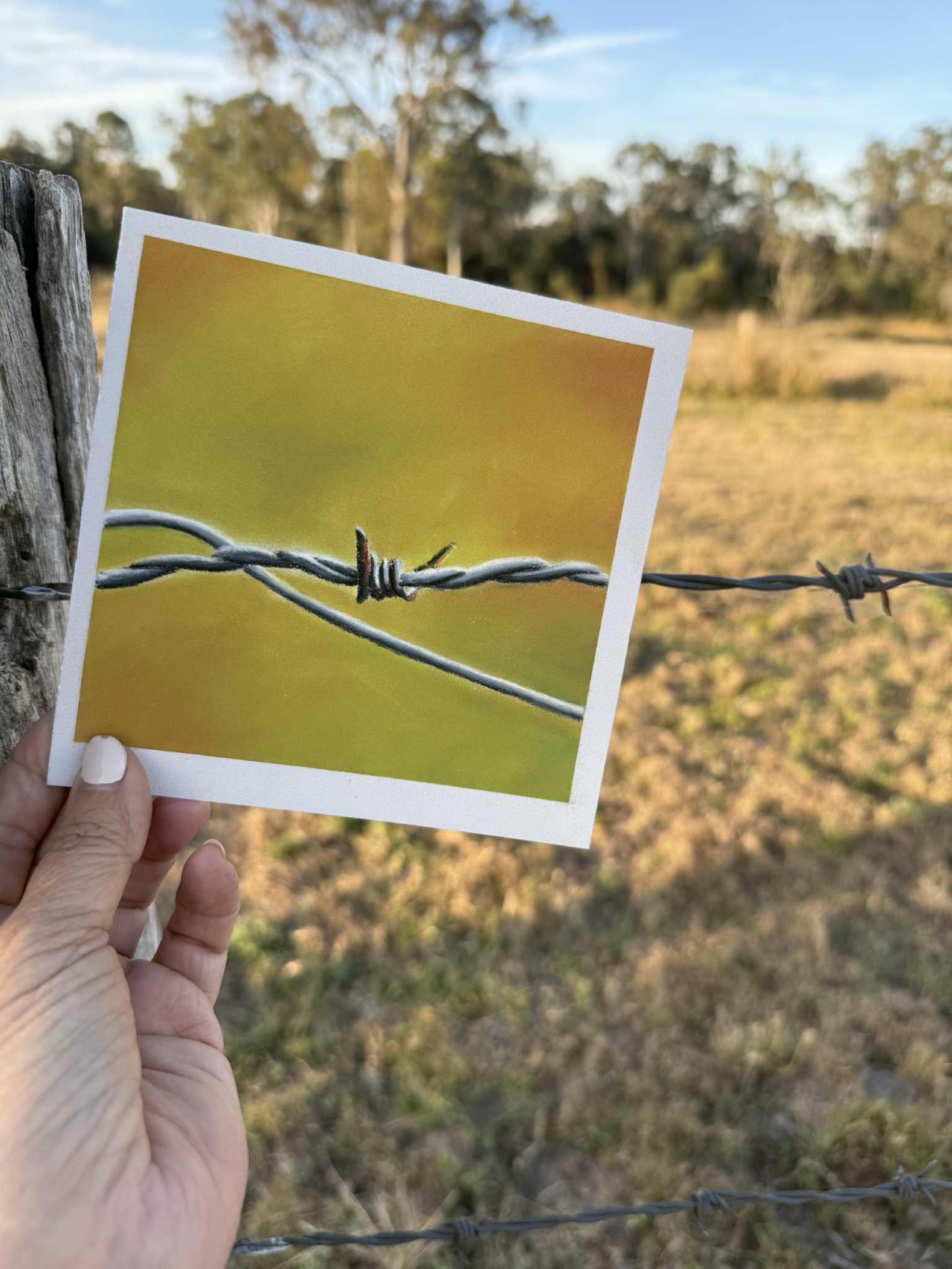
Want to learn about Soft Pastels?
Click on the button to register and get instant access to the free Pastel Basics for Beginners workshop.
Listen as I walk you through the essentials supplies needed to get started in Pastel painting.
I teach you how to create this little barbed wire piece during the class. Everything you need is in the PDF workbook you'll receive when you register.
 Kerri Dixon
Kerri Dixon 
